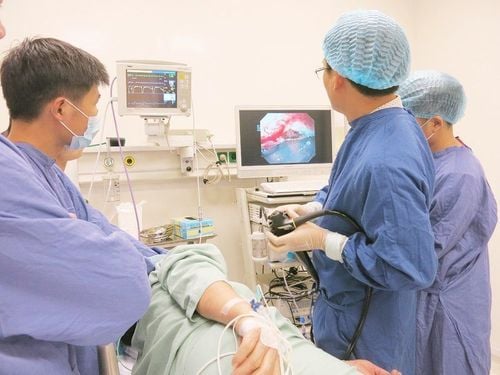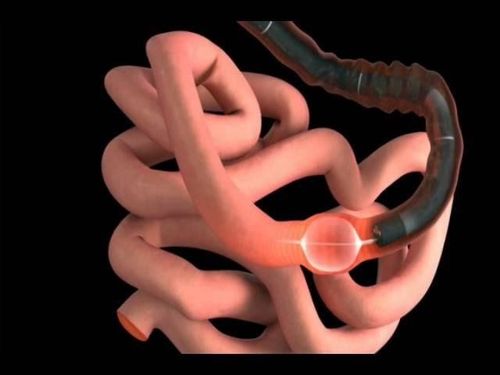This is an automatically translated article.
Post by Master, Doctor Mai Vien Phuong - Department of Examination & Internal Medicine - Vinmec Central Park International General Hospital
Helicobacter pylori is a bacterium known to infect the gastric environment and is associated with gastrointestinal diseases, including peptic ulcer and gastric adenocarcinoma. However, since the 1980s, the relationship between Helicobacter pylori infection and extragastric manifestations has been investigated, such as inflammatory bowel disease, iron and B12 deficiency, nonalcoholic fatty liver disease, and carcinoma. liver disease, multiple sclerosis, Alzheimer's disease, Parkinson's disease, and Guillain-Barré syndrome.
1. Some basic transmission routes of H.pylori
Helicobacter pylori (H. pylori) is a gram-negative bacterium that lives in the stomach environment of 60.3% of the world population, and its prevalence is especially high in countries with poor socioeconomic conditions. more than 80% in some regions of the world. This phenomenon occurs, among other reasons, due to the unsatisfactory basic sanitation and high population numbers observed in many less developed countries, scenarios favoring the spread of the virus. oral and fecal transmission of H. pylori. Another possible route of transmission of this pathogen currently under discussion is the sexual route, as H. pylori-positive partners have a higher infection rate than controls. It is well established that this microorganism is mainly involved in the development of gastrointestinal disorders, among which peptic ulcers are prominent, mucosal connective tissue lymphomas and adenocarcinomas are prominent. stomach. However, since the 1980s, there has been increasing evidence to suggest such infection with some extragastric manifestations.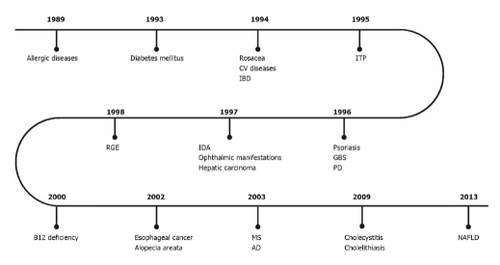
2. H. pylori infection influences disease onset and severity from multiple organ systems
In this context, Helicobacter pylori infection appears to influence the onset and severity of disease from multiple organ systems, acting as a risk factor for several disorders but also as a protective agent. against certain conditions. Regarding the major diseases affecting organs other than the stomach in the gastrointestinal tract (GIT), H. pylori infection appears to be associated with inflammatory bowel disease (IBD), gastroesophageal reflux disease (GERD), nonalcoholic fatty liver disease (NAFLD), hepatocellular carcinoma, cholangitis, and cholecystitis. In addition, serum vitamin B12 and iron deficiencies are thought to be exacerbated or even caused by H. pylori infection. In addition, ocular, dermatological, metabolic, cardiovascular, and neurological diseases are also associated with that microorganism. With background background, this mini-interview aimed to gather evidence supporting the main associations between H. pylori infection and extragastric diseases, as well as to gather information on the possible mechanisms thought to be possible. associate that bacterium with manifestations occurring in organs distant from the site of primary infection. The publications with the highest level of evidence found for each non-gastroduodenal manifestation were selected and listed in the table below. Extragastric manifestations of Helicobacter pylori and suggestive pathophysiological mechanisms of these diseases.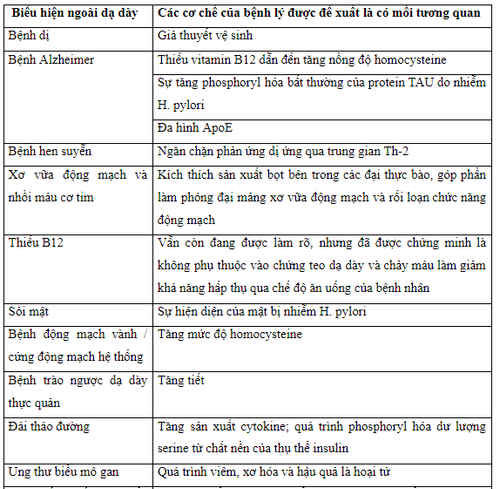
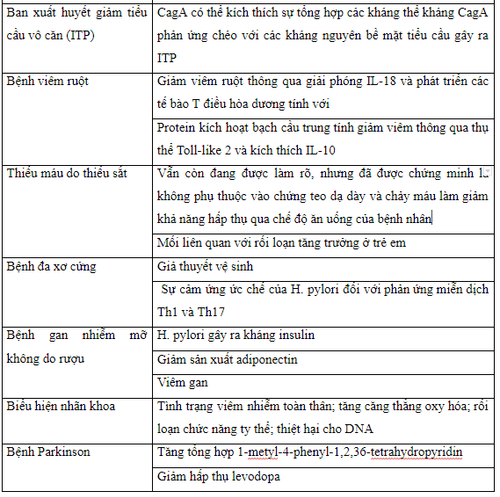
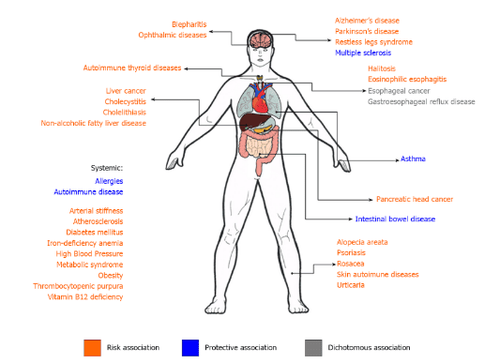
In orange, Helicobacter pylori (H. pylori) infections represent an association with risk. In green, H. pylori infection manifestations represent a protective association. In gray, the expressions that the studies show have a dichotomous association.
Conclusion
Although Helicobacter pylori infection is often associated with gastric manifestations, increasing evidence is drawing attention to its role in extragastric diseases. Knowledge of how that bacterium affects non-gastroduodenal disorders may shed light on the poorly understood aspects of their pathophysiology and may shed light on new therapeutic targets in the management of gastrointestinal disorders. control these conditions.
Please dial HOTLINE for more information or register for an appointment HERE. Download MyVinmec app to make appointments faster and to manage your bookings easily.
References Santos MLC, de Brito BB, da Silva FAF, Sampaio MM, Marques HS, Oliveira e Silva N, de Magalhães Queiroz DM, de Melo FF. Helicobacter pylori infection: Beyond gastric manifestations. World J Gastroenterol 2020; 26(28): 4076-4093 [PMID: 32821071 DOI: 10.3748/wjg.v26.i28.4076]





